Reconstitution of papillomavirus E2-mediated plasmid maintenance in Saccharomyces cerevisiae by the Brd4 bromodomain protein
- PMID: 15710895
- PMCID: PMC549465
- DOI: 10.1073/pnas.0407818102
Reconstitution of papillomavirus E2-mediated plasmid maintenance in Saccharomyces cerevisiae by the Brd4 bromodomain protein
Abstract
The papillomavirus E2 protein functions in viral transcriptional regulation, DNA replication, and episomal genome maintenance. Viral genomes are maintained in dividing cells by attachment to mitotic chromosomes by means of the E2 protein. To investigate the chromosomal tethering function of E2, plasmid stability assays were developed in Saccharomyces cerevisiae to determine whether the E2 protein could maintain plasmids containing the yeast autonomous replication sequence replication element but with the centromeric element replaced by E2-binding sites. E2 expression was not sufficient to maintain such plasmids, but plasmid stability could be rescued by expression of the mammalian protein Brd4. In the presence of both Brd4 and E2 proteins, plasmids with multiple E2-binding sites were stable without selection. S. cerevisiae encodes a homolog of Brd4 named Bdf1 that does not contain the C-terminal domain that interacts with the E2 protein. A fusion protein of Bdf1 and the Brd4 C-terminal "tail" could support E2-mediated plasmid maintenance in yeast. Using a panel of mutated E2 proteins, we determined that plasmid stability required the ability of E2 to bind DNA and to interact with Brd4 and mammalian mitotic chromosomes but did not require its replication initiation and transactivation functions. The S. cerevisiae-based plasmid maintenance assays described here are invaluable tools for dissecting mechanisms of episomal viral genome replication and screening for additional host protein factors involved in plasmid maintenance.
Figures
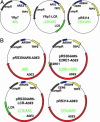
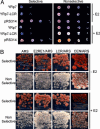
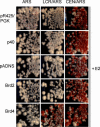

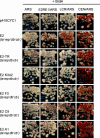
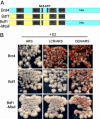
References
-
- Cotter, M. A. & Robertson, E. S. (1999) Virology 264, 254-264. - PubMed
MeSH terms
Substances
LinkOut - more resources
Full Text Sources
Molecular Biology Databases

